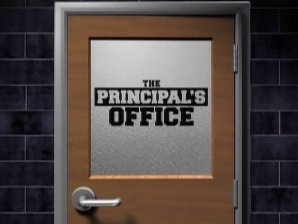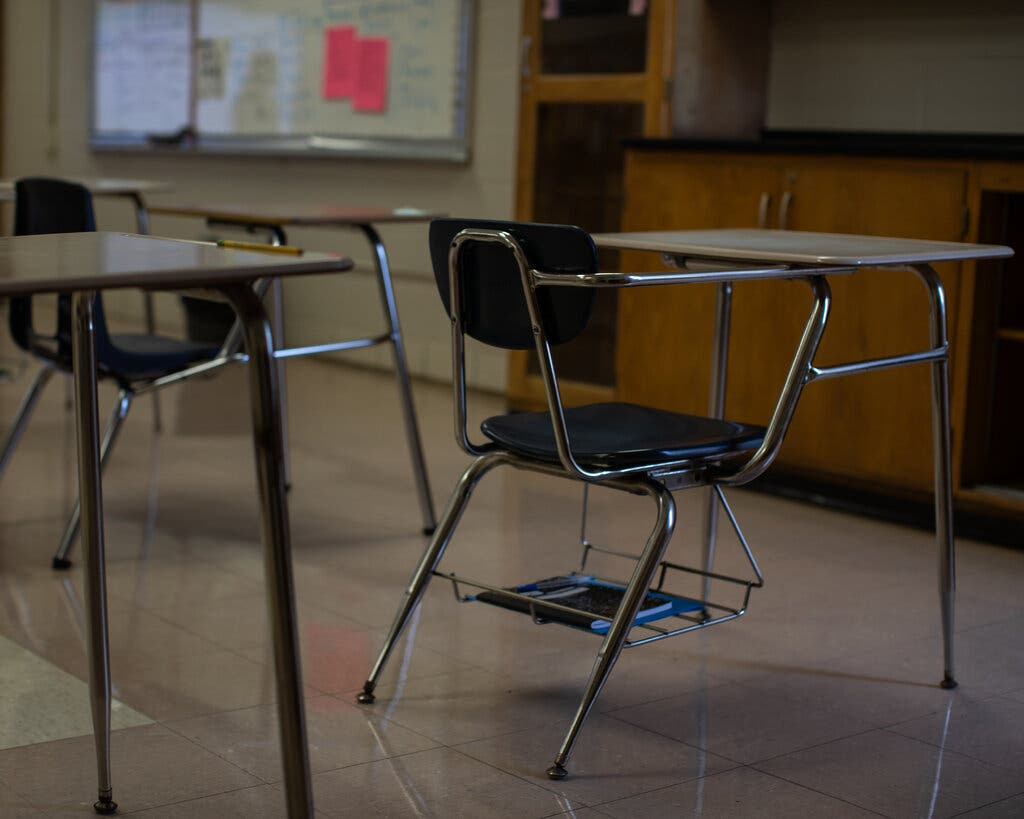Chronic absenteeism is defined as missing at least 10 or more percent of the school year, and in a post-pandemic world, student attendance has been far from consistent. This inconsistency has been attributed to a variety of factors, including lingering effects of the temporary transition to remote learning. Schools across the country have reported higher rates of absenteeism, with some areas seeing up to a 10% increase compared to pre-pandemic levels. For example, the percentage of students who are chronically absent surged from 15% in 2019 to 26% in 2023. Additionally, both affluent and poorer districts are struggling with student attendance, making it an issue independent of student class.
The rise in absenteeism can have significant impacts on student learning, academic performance, and long-term educational outcomes. Teachers and policymakers alike are concerned that increased absences may lead to greater learning gaps, especially among students from disadvantaged backgrounds. Even schools that opened up earlier in the pandemic have been suffering from vast increases in absent students.
To address chronic absenteeism after the pandemic, schools have tried a variety of methods to incentivize students to come. For example, some districts offer flexible learning environments, including distance learning for students who request it. Other districts tried implementing spirit weeks or school-wide events in order to get students to attend, but the challenges still persist.
According to the New York Times, Danbury’s district-wide absentee rate jumped from 7% to 19% from 2019 to 2023, a 12 percent increase following the nationwide trend, but lower than the current nationwide rate of 26%. I asked the level 2 office Assistant Principal Mr. Marrero about the data, and he elaborated that the current chronic absenteeism rate is 22.5% for the high school alone. He noted that being out of school during the pandemic has hurt students, as well as the additional rise in mental health issues are factors in this rise.
When asked about the school’s future plans on reinforcing attendance, Marrero mentioned that they are aiming to check in with students and parents more often, as well as do home visits and attendance plans in order to try to get students back on track, continuing the same efforts that have been ongoing from prior years. Only time will tell if attendance will return to normal for students, or if increased measures will be required, but Marrero has made it apparent that administration is focused on tackling the issue here in Danbury.























